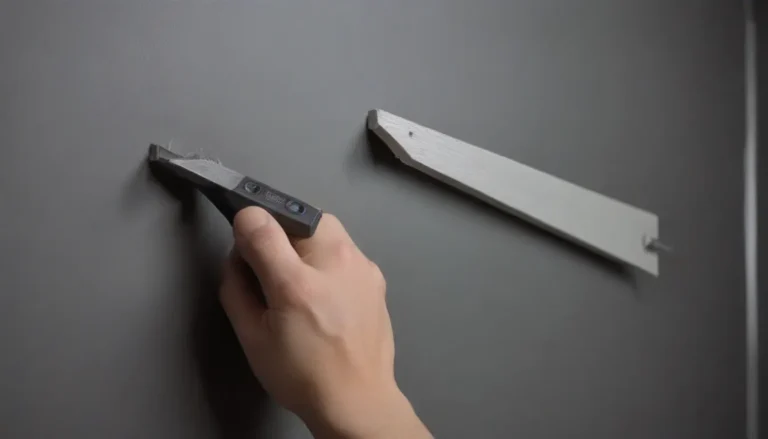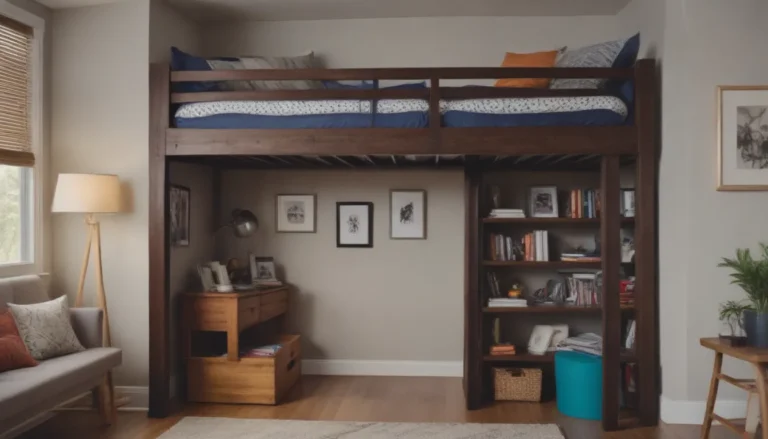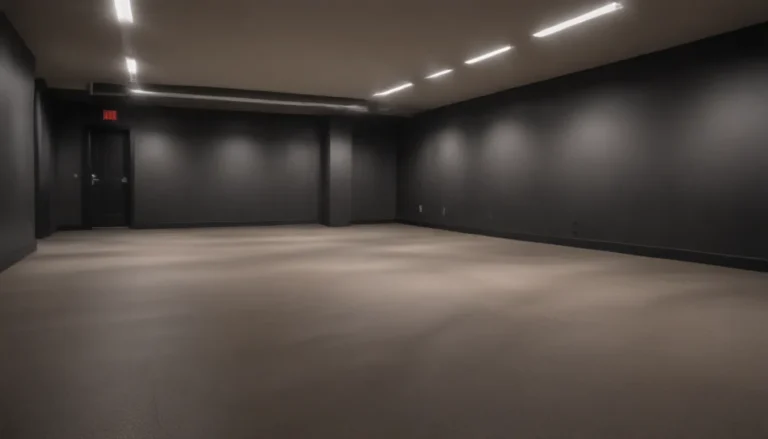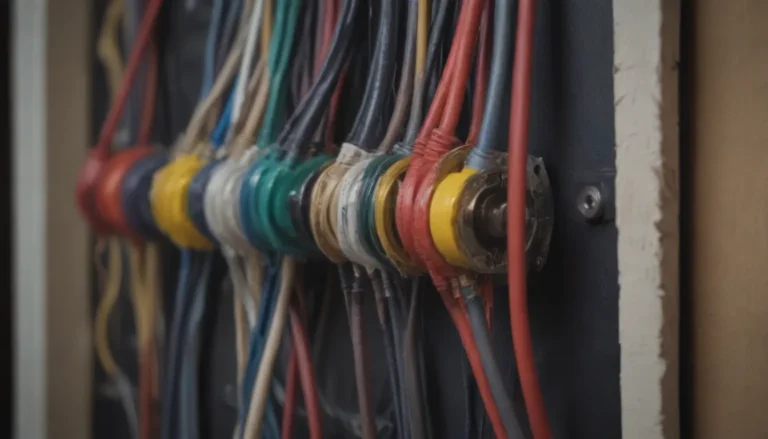A Comprehensive Guide to Choosing Molding Trim for Your Home
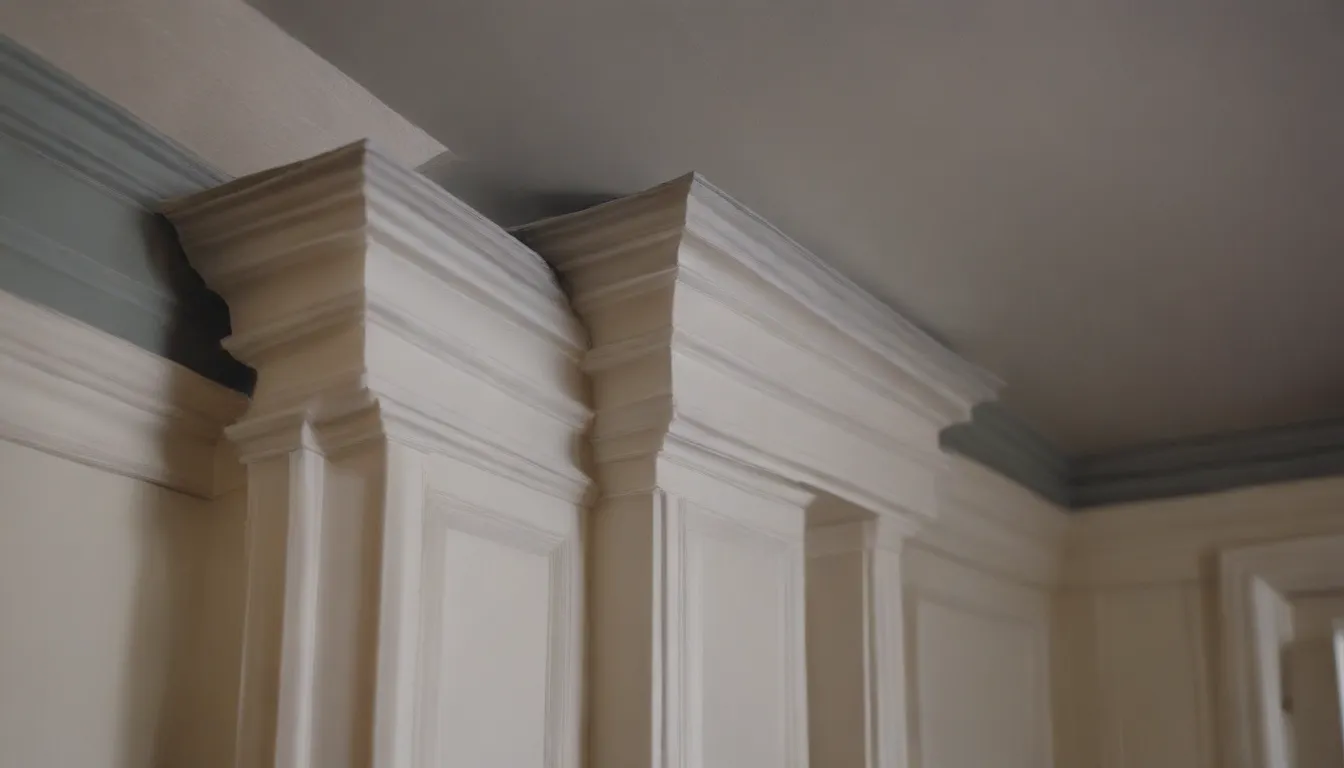
Are you looking to add a touch of elegance and sophistication to your home? Molding trim might be the perfect solution for you. In this in-depth guide, we will explore everything you need to know about choosing molding trim for your home. From different types of molding trim to buying considerations and cost factors, we’ve got you covered.
What is Molding Trim?
Molding and trim are two terms that are often used interchangeably. While trim refers to narrow strips of material affixed to the wall near the ceiling, floor, or around doors and windows, molding is a type of decorative trim that features intricate details to enhance the aesthetic appeal of your home. Whether you are looking to cover gaps, rough edges, or simply add a decorative touch, molding trim can make a significant difference in the overall look of your space.
Why Choose Molding Trim?
- Enhances aesthetic appeal
- Covers imperfections
- Adds a decorative touch
- Available in various styles and materials
Types of Molding Trim
When it comes to choosing molding trim for your home, there are several options to consider. Here are some common types of molding trim:
Door and Window Trim
Door and window trim is a popular choice for residential homes. It serves the purpose of concealing rough edges and gaps between the frame and wall. This type of trim can be flat or decorative, depending on your preferences.
Chair Rail Molding
While not as prevalent as other types of trim, chair rail molding can still add a decorative element to your space. Originally designed to protect walls from chairs, chair rail molding can also be used to create visual interest in a room.
Crown Molding
Crown molding is often used along the tops of kitchen cabinets or as a decorative border at the junction of the wall and ceiling. It adds a touch of elegance to any room and is an excellent way to cover up imperfections in plasterwork.
Baseboard Trim
Baseboard trim is one of the most commonly used types of trim in homes. It can be installed alone or with quarter-round trim to cover gaps between the wall and floor. While not as intricate as crown molding, baseboard trim comes in various styles to suit your needs.
Buying Considerations for Molding Trim
Before purchasing molding trim for your home, there are several factors to consider:
Finish
The finish of the trim can impact both the price and the amount of work required for installation. Pre-painted or pre-stained trim may cost more but can save you time on painting. However, you may still need to touch up the trim after installation to cover nail holes.
Length
Measure the area where the trim will be installed to determine the amount of trim needed. While most brick-and-mortar stores sell trim in eight-foot lengths, you may also find shorter, longer, or custom lengths online.
Material
While wood is the most common material used for trim, you can also opt for PVC or MDF trim for a more cost-effective option. Polyurethane trim, while pricier, offers superior durability and moisture resistance.
Cost of Molding Trim Installation
The cost of installing molding trim in your home can vary depending on factors such as materials, size of the home, and labor costs. While a single piece of trim may cost between $3 and $32, hiring professionals for installation can increase the total cost significantly. On average, the cost of installing trim is around $1,330, with a range of $600 to $2,100.
How to Choose the Right Molding Trim
Choosing the right molding trim for your home is a personal decision. Consider the following tips:
- Determine the type of trim that suits your home’s style
- Measure the installation area to determine the amount of trim needed
- Select the material, finish, and style that align with your preferences
- Factor in additional labor costs if hiring professionals for installation
In conclusion, molding trim can be a simple yet effective way to enhance the aesthetic appeal of your home. Whether you opt for door and window trim, chair rail molding, crown molding, or baseboard trim, there are plenty of options to choose from. By considering factors such as finish, length, material, and cost, you can select the perfect molding trim for your space.
Remember, molding trim isn’t just a decorative element – it also serves practical purposes such as covering imperfections and adding a finishing touch to your walls. So why wait? Transform your home with the perfect molding trim today!
